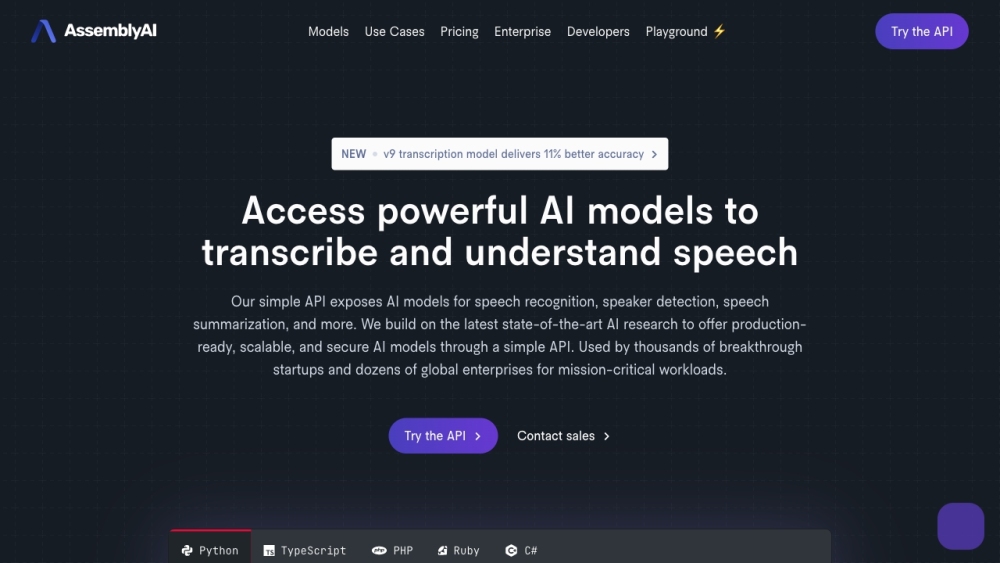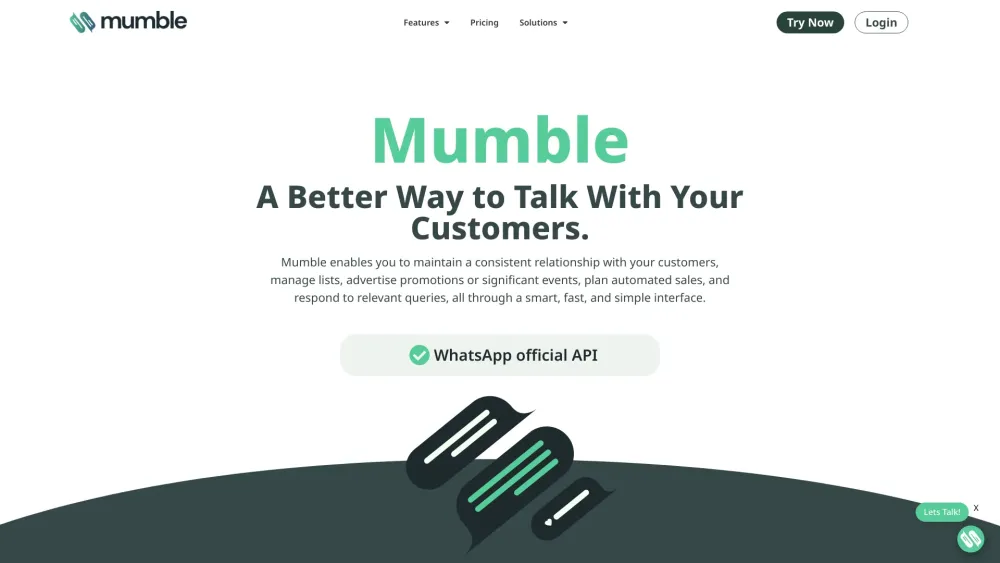As anticipated, many students graduating with a doctorate in artificial intelligence (AI) are increasingly joining AI companies, whether they are startups or major tech firms.
According to Stanford’s 2021 Artificial Intelligence Index Report, the percentage of new AI PhD graduates in North America entering the industry soared from 44.4% in 2010 to approximately 48% by 2019. In contrast, the number of new AI PhDs pursuing academic careers took a sharp decline, dropping from 42.1% in 2010 to just 23.7% in 2019.
One significant factor driving this trend is the lucrative compensation offered in the private sector. Jobs at leading AI companies like OpenAI and Anthropic boast astonishing salaries, ranging from $700,000 to $900,000 for new researchers, according to data from salary negotiation platform Rora. Reports also suggest that Google is enticing top data scientists with substantial stock grants.
While this shift undoubtedly excites AI graduates—who wouldn't want such a lucrative starting salary?—the trend raises serious concerns for academia. A 2019 survey conducted by researchers at the Hebrew University of Jerusalem and Cheung Kong Graduate School of Business in Beijing revealed that nearly 100 AI faculty members departed North American universities for industry roles between 2018 and 2019, a significant outflow for such a specialized field. Over the same period, Carnegie Mellon University witnessed the exit of 16 AI faculty members, while Georgia Institute of Technology and the University of Washington each lost about a dozen.
The ramifications of this faculty exodus have been profound. The Hebrew University and Cheung Kong survey concluded that it particularly impacts AI startups launched by former students of these institutions. The study indicated a detrimental effect on entrepreneurial spirit in the years following faculty departures, especially when AI professors are replaced by lower-ranked or untenured faculty.
This backdrop may explain why AI companies are increasingly recruiting talent from the industry rather than from academia. A recent report from VC firm SignalFire highlights a notable decline in AI hires from elite institutions such as Caltech, Harvard, Princeton, Yale, and Stanford. From a peak of about 35% in 2015, this figure plummeted to around 18% by 2023, as firms began to seek candidates without graduate degrees.
“We found a high concentration of top AI talent among a few startups, in contrast to previous clustering at large public companies like Google,” said Ilya Kirnos, SignalFire’s co-founder and CTO. “This prompted us to explore the movement of top AI talent across the industry and assess its correlation with leading universities versus innovative startups.”
SignalFire reached its conclusions by identifying a segment of elite AI talent through two main channels: academic publications and contributions to open-source projects. Kirnos acknowledges that many AI researchers do not publish papers or engage in open source, but the report aims to provide a “representative sample” of the talent landscape.
To gather data, SignalFire compared authors at prominent AI conferences like NeurIPS and ICML to university employment listings, identifying AI faculty members. They then matched contributors to popular AI software projects on GitHub with public employment databases like LinkedIn.
Kirnos notes that the data reveals a growing preference among AI companies—and specifically firms like Hugging Face, Stability AI, and Midjourney—for hiring talent outside traditional prestigious graduate pathways. This shift toward open research communities, driven by emerging AI practices like prompt engineering, could lower the industry’s barriers to entry for non-PhDs.
“This change will increase the demand for innovative methods to assess candidates based on real-world software engineering experience,” Kirnos elaborated. “Rather than relying solely on university prestige, employers might adopt new strategies to evaluate applicants based on their ability to develop functional products using the tools that companies actually employ.”
However, perspectives on diversity vary widely. According to the Stanford study, AI PhD programs were notably homogenous as of 2019, with white students making up 45% of AI graduates. Similarly, McKinsey's State of AI in 2022 report highlighted that only 25% of employees in AI who identified as racial or ethnic minorities were involved in development activities, with nearly 29% of organizations lacking minority representation in AI altogether.
While Kirnos stands by his viewpoint, he also suggests that universities must provide students with more opportunities to apply their research in real-world contexts that reflect industry experiences more accurately.
“Engineering is increasingly moving towards integrating existing AI models, APIs, enterprise tools, and open source software rather than starting from scratch,” he emphasized.
As a concerned observer, I genuinely hope universities recognize this troubling trend and take action. It is essential to critique prestigious AI doctorate programs for their exclusivity and the resulting concentration of power and inequality. However, it is also crucial to avoid a future where industry exerting more influence compromises the direction of the AI field.






